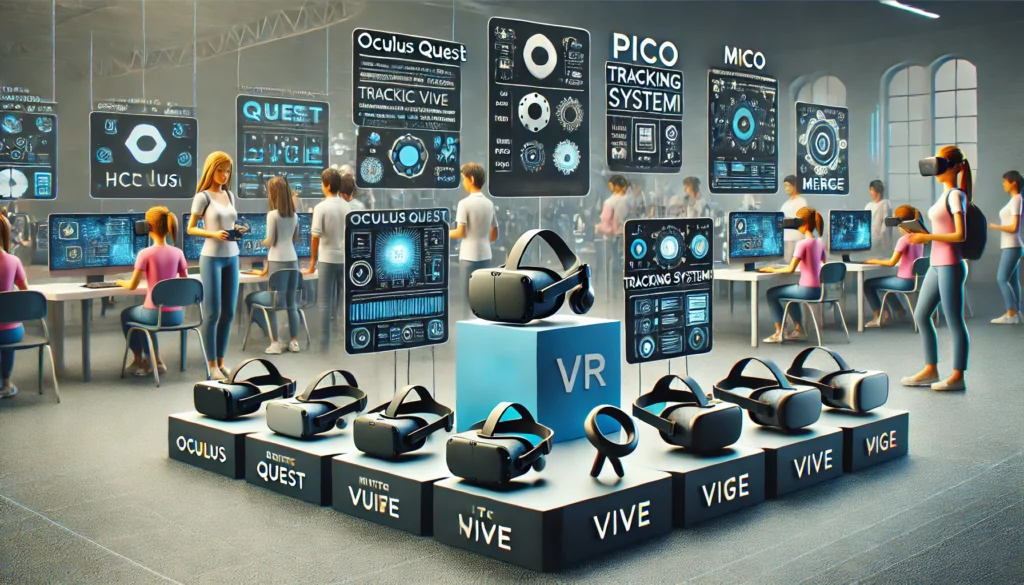/ Nov 21, 2024

Finding the Perfect Fit: A Guide to Choosing the Right Educational VR Headset for Your School or Home
The world of virtual reality (VR) has been revolutionizing the way we learn and experience by providing immersive and interactive experiences. Educational VR headsets have become increasingly popular in schools and homes, offering a unique way to engage students and enhance learning outcomes. With the numerous options available, choosing the right educational VR headset can be overwhelming. In this article, we’ll provide a guide to help you find the perfect fit for your school or home.
Consider Your Learning Goals
Before selecting an educational VR headset, it’s essential to define your learning goals. Are you looking to enhance science, history, language arts, or math education? Are you interested in creating virtual field trips, simulating complex processes, or providing interactive worksheets? Identifying your goals will help narrow down the list of suitable VR headsets.
Technical Specifications
When evaluating educational VR headsets, consider the following technical specifications:
Popular Educational VR Headsets
Here are some of the top educational VR headsets in the market:
Additional Factors to Consider
Conclusion
Finding the perfect educational VR headset for your school or home requires careful consideration of your goals, technical specifications, and additional factors. By evaluating these factors, you’ll be able to choose the right VR headset for your specific needs, ensuring an immersive and engaging learning experience for students and teachers alike. Happy learning!